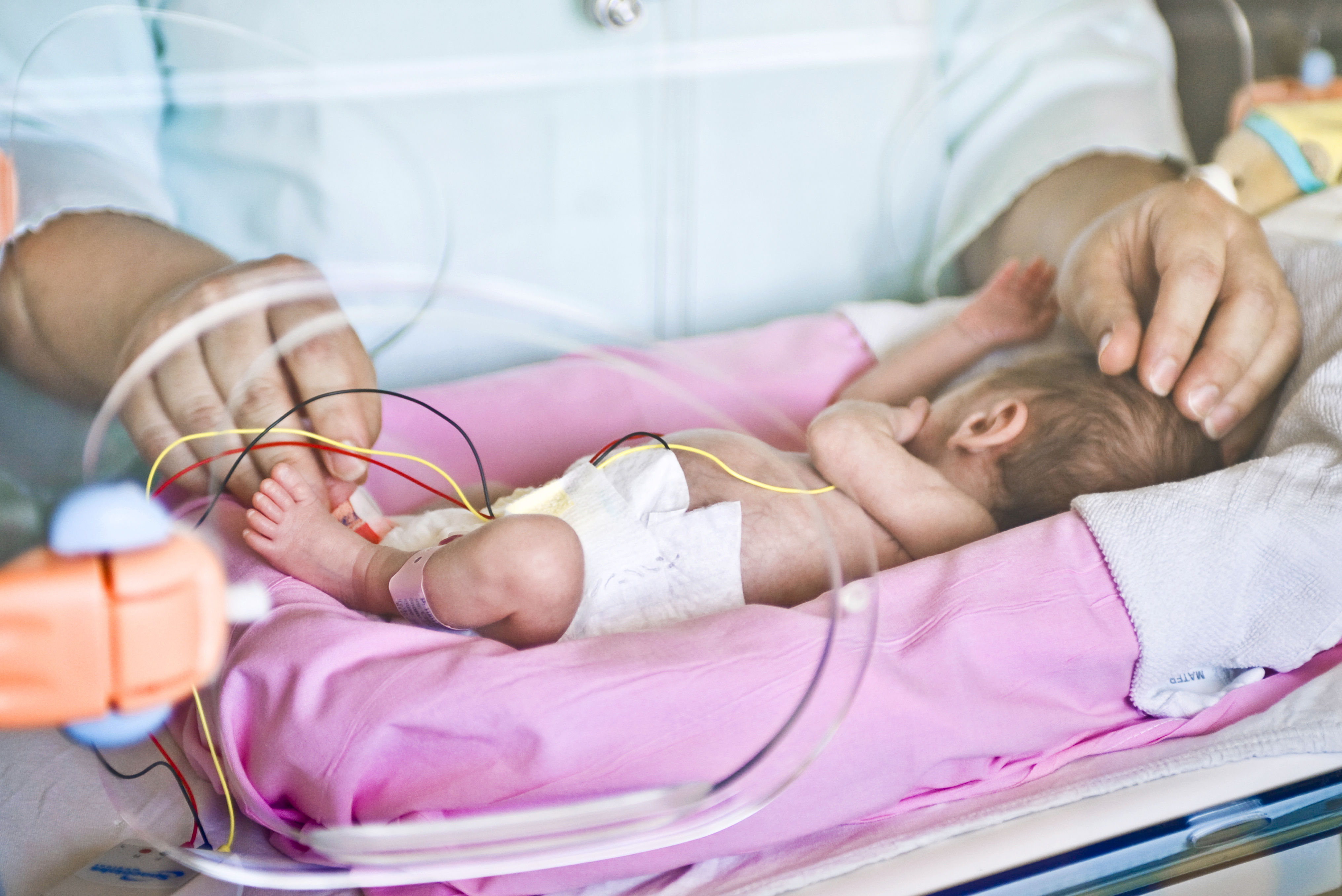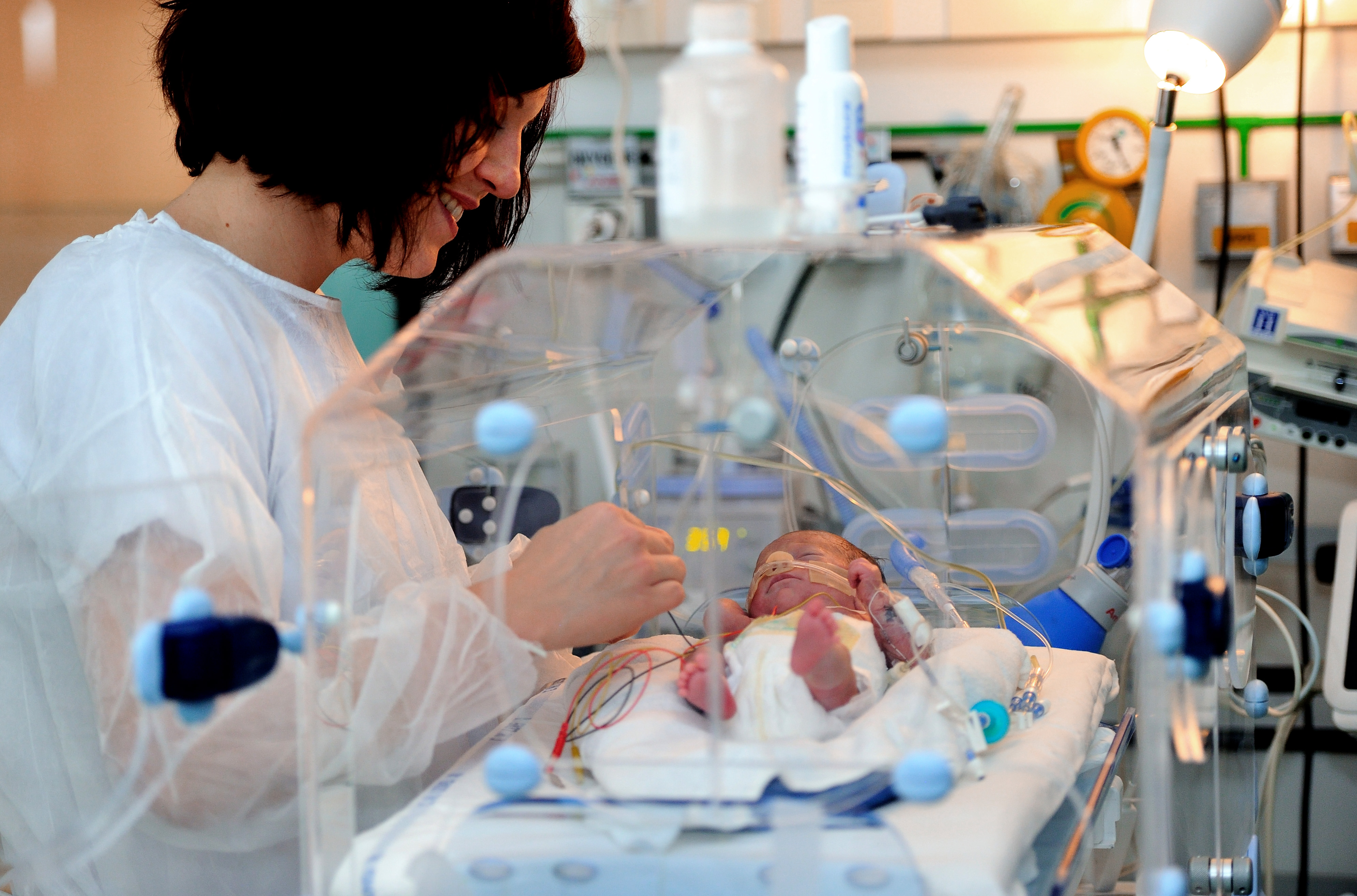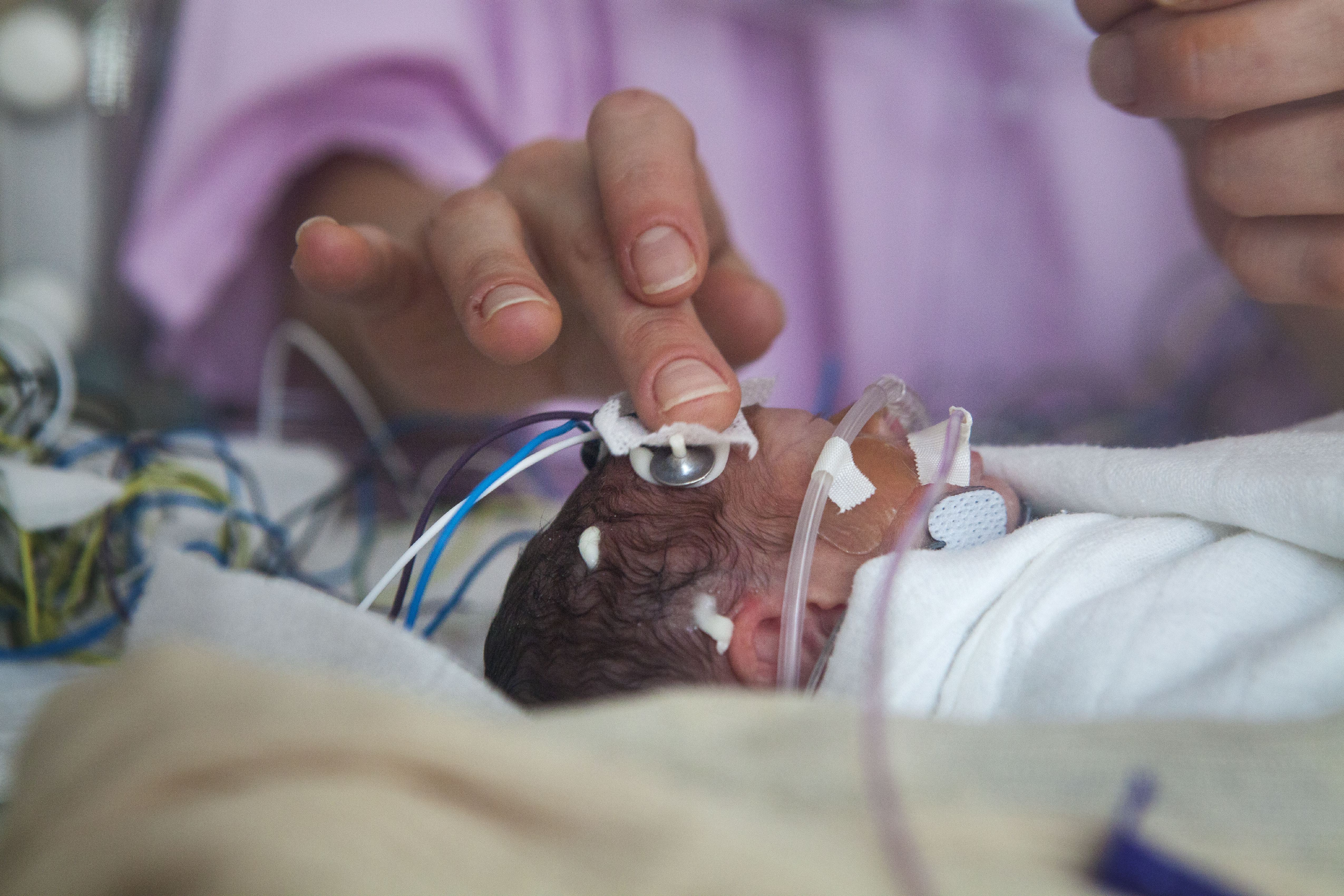
Health & Medicine
Rethinking premature baby care

Doctors can now update parents on how their very tiny baby’s chances of survival are changing as they progress through intensive care, offering hope for many families
Published 24 October 2018
Bringing a brand new baby home from hospital can provoke all sorts of anxieties in new parents – keeping them safe, happy and healthy becomes an all-consuming task.
But if your baby had been born extremely early, perhaps 23 weeks into your pregnancy (instead of the usual 40 weeks), normal new parent anxieties can become terrifying; after all, you were told when your baby was born their chances of surviving without major disability were just 32 per cent.

What you wouldn’t have been told were how these chances change, and potentially improve, as your baby survives to leaving hospital.
Now new research from the Royal Women’s Hospital and the University of Melbourne, published in the Lancet Child and Adolescent Health, provides updated figures on the risks of extremely pre-term babies surviving with or without major disability as they progress through intensive care.

Health & Medicine
Rethinking premature baby care
It means doctors can counsel families more accurately, and offer hope when appropriate.
Although babies born before 28 weeks are at greater risk of death or major long-term disability than those born at term (37 – 42 weeks), the study found that most will survive if they are offered intensive care. And of those who go home, 83 per cent go on to have no major long-term disability – compared with 97 per cent of children born on time.
“For example, if a baby born at 23 weeks survives their first week without any significant medical complications, their chances of surviving without any major disability increase from 32 per cent to 50 per cent. Now that’s a big rise,” explains lead researcher Associate Professor Jeanie Cheong.
“By the time they leave hospital, their chances of surviving without any major disability have gone up to 70 per cent – they’ve doubled from the time they were born.”
This new research provides numbers that haven’t previously existed, so doctors haven’t been able to let parents know how their babies’ chances are improving as they progress through intensive care. Many still go home with their babies’ initial chances of survival and risk of major disability forefront in their mind.

“I think it’s really important to be able to say to parents, ‘your baby’s chances have improved, and they’ve improved significantly’, to give them some hope,” says Associate Professor Cheong.
The research drew on data from the world’s most comprehensive study of extremely pre-term babies (born before 28 weeks), the Victorian Infant Collaboration Study (VICS). This study follows all extremely pre-term babies born in Victoria in 1991-92, 1997, 2005 and 2016-17.

Health & Medicine
How caffeine helps premature babies breathe easy
“VICS is quite remarkable, for a few reasons,” explains Associate Professor Cheong.
“We started to see a huge revolution in the survival of very tiny babies in the 1990s, from only 10 per cent of babies born at less than 28 weeks surviving in the 1970s to more than 75 per cent in the 90s. We’re talking about the very borders of viability.
“Around that time some leading doctors at the Women’s, including the late Dr Bill Kitchen, wanted to see what happens to these tiny babies in the long-term. And so VICS was born.”
Dr Kitchen brought together the four main centres in Victoria responsible for looking after tiny babies, the Royal Women’s Hospital, the Royal Children’s Hospital, Monash Medical Centre and the Mercy Hospital for Women, and also recruited a control group of healthy babies.
“No other study has these data,” says Associate Professor Cheong. “Because we include all babies in a geographic area, we eliminate potential biases like socio-economic status. We also have a really high follow-up rate – we’ve checked back-in with 91 per cent of our babies when they’re eight years old.”

The Lancet Child and Adolescent Health research looked at the three groups of babies who have reached eight years old (those born in 1991-92, 1997 and 2005) – a total of 499 people, who are now aged between 13 and 27.
“These participants were all the most vulnerable infants, who wouldn’t have survived without modern technology,” says Associate Professor Cheong.

Health & Medicine
The challenge of small and preterm babies
“When a women now comes in facing extreme preterm birth, we can answer questions about her babies’ chances of survival, and their chances of having significant problems in childhood and beyond, with much more accuracy.
“Their decision about whether to proceed with intensive care can be more informed, and we can give them more accurate information on their babies’ chances as that treatment progresses. These numbers are incredibly important to families.”
For babies born at 23 weeks, the chance of survival is around 45 per cent for those offered intensive care, with only 30 per cent predicted to survive without a severe disability.
However, for those that do survive, these risks changed dramatically with each day of life. By the time they are discharged from hospital, their risk of dying is less than one per cent, and their chances of surviving free of major disability have risen to 70 per cent.
The more mature the babies are born, the greater their chances of survival, and the lower their chances of going on to have a major disability.

The study also identified four independent major clinical events that happen during the intensive care of tiny babies, that can increase their risk of disability.
“Unsurprisingly, the more of these events a baby experiences, the more their chances of having a disability increase. So these measures are particularly important for post-discharge care planning – we can identify the babies we need to support really closely once they’ve gone home,” says Associate Professor Cheong.

Health & Medicine
The probiotic hope for colic
Two of these events relate to major brain injury (diagnosed by ultrasound of the brain after birth). The third event is the baby receiving a drug called corticosteroids after birth to treat or prevent lung injury, and the fourth event is needing surgery in the newborn period.
Giving parents more information about their babies’ chances as their treatment progresses can also help manage the stress and anxiety they inevitably experience.
“We know that anxiety and depression is significantly higher in parents of children who were pre-term babies, and parental mental health affects their child’s development,” says Associate Professor Cheong.
“Hopefully having this information for parents will help boost their mental health, helping them to care for their child’s health and development in the long term.”
Banner image: Getty Images